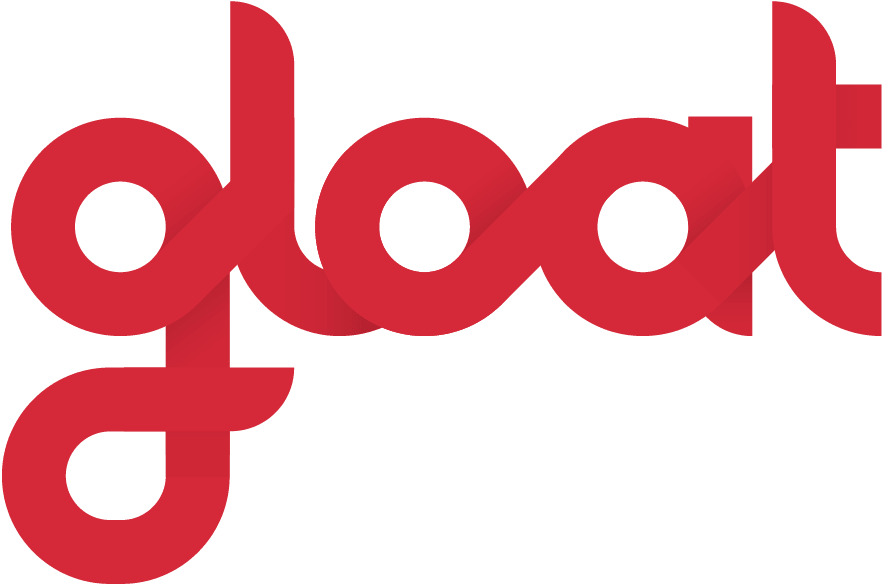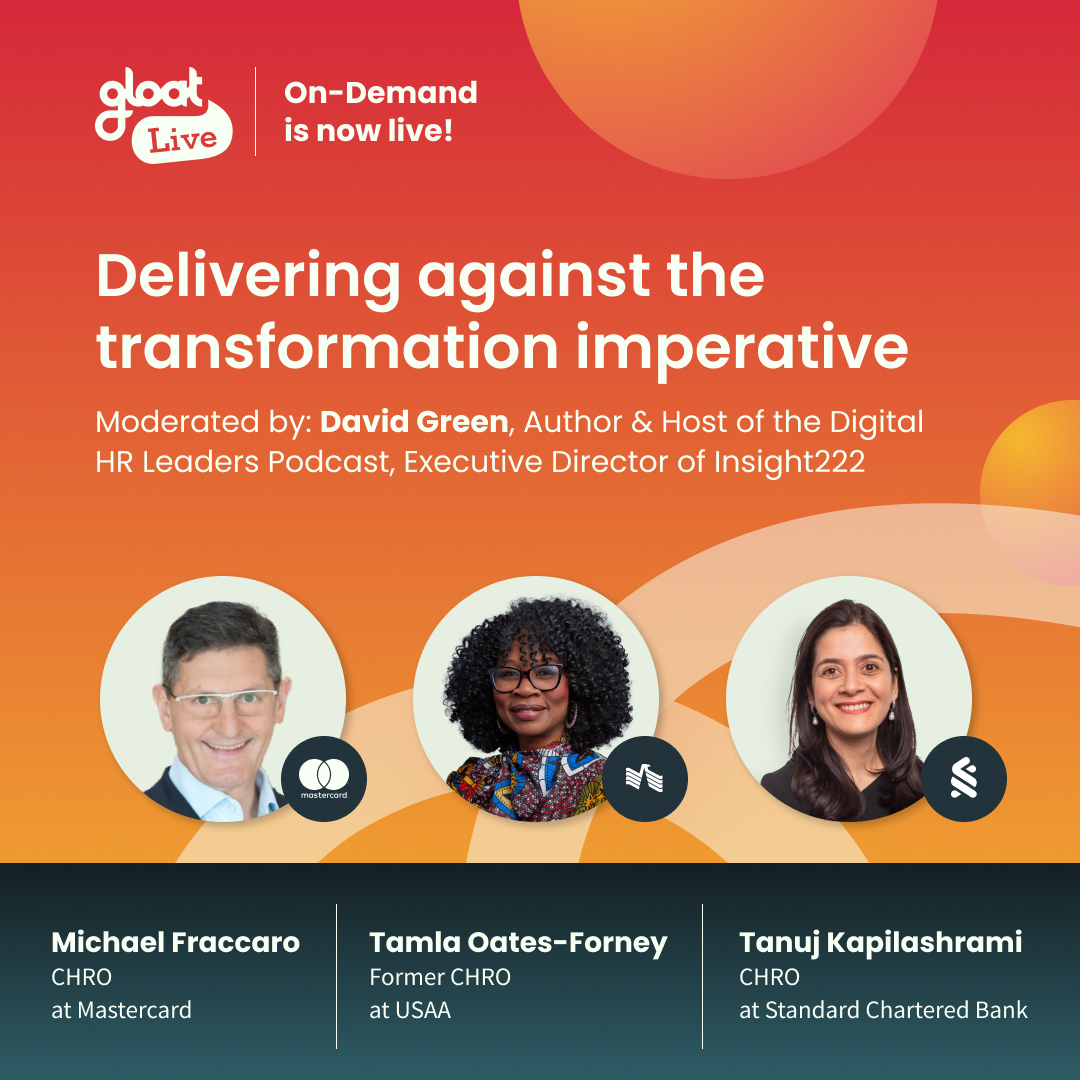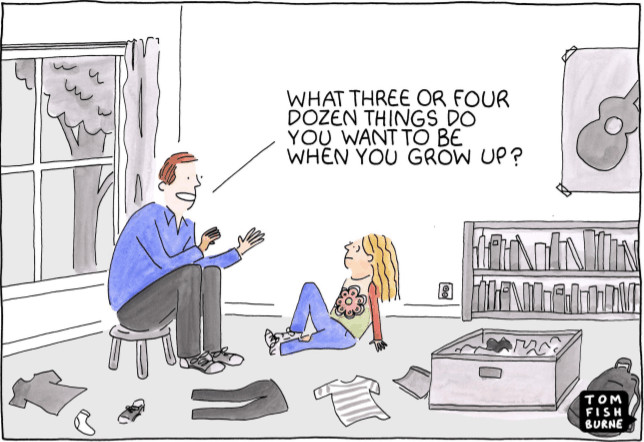Future-proofing your workforce: strategies for the Silver and Skills Tsunamis
Two major workforce changes are on the horizon. Here’s how to survive them:

It was only a couple of years ago that a so-called “turnover tsunami” (also known as The Great Resignation) made landfall. In the aftermath of the COVID-19 pandemic, workers were searching for increased autonomy and flexibility—and they weren’t afraid to jump ship in search of better opportunities.
However, as economic turbulence stretches on and technology rapidly advances, we’re now bracing for a new workforce tsunami, or two to be exact. The proliferation of AI is shifting the skills businesses need to be successful (the Skills Tsunami) and at the same time, Baby Boomers are preparing to retire (the Silver Tsunami).
The combination of evolving skill needs and the institutional knowledge loss that comes with people leaving the workforce will exacerbate talent shortages, something many leaders are already struggling with. Fortunately, there are a few steps you can take to prevent your business from falling victim to this double-header of workforce change.
The Skills Tsunami: a rapid shift in skills
The Skills Tsunami describes the massive shift in capabilities workers will soon need. Now that AI use cases are going mainstream, employees must hone new skills to use these tools effectively.
Since researchers predict that up to 30% of current hours worked could be automated by generative AI by 2030, workers’ responsibilities will soon change as these innovations free up time in their days for more strategic priorities. Employees must get comfortable incorporating AI into their daily workflows to execute new tasks and use their time efficiently.
How it will impact organizations
As AI usage becomes commonplace, businesses must develop training plans to ensure their people are equipped with the tools and pathways needed to develop in-demand expertise. Most leaders recognize the value in acquiring this knowledge, with two-thirds of executives noting they won’t hire someone who lacks AI skills. Yet, only 25% of companies plan to offer AI training this year, indicating that the knowledge gaps surrounding this technology will likely widen as use cases expand and evolve.
The Silver Tsunami: an aging workforce
The Silver Tsunami refers to a demographic shift caused by the increasing number of older adults in our society, led by the Baby Boomer generation. With a record number of Americans turning 65 this year, a larger proportion of our population is approaching the traditional retirement age.
While research shows that the number of seniors who continue working is climbing, businesses must brace for a series of shifts as their workforces age. They should support older employees who wish to keep working, while also ensuring their organization doesn’t suffer from rampant institutional knowledge loss as some of their people retire.
How it will impact organizations
The Silver Tsunami will impact the workforce in several ways. Some businesses may consider creating more flexible working arrangements for seniors who aren’t ready to retire but would like to reduce their workloads. Virtually all organizations will need to create upskilling and reskilling pathways so more junior employees can learn from their senior colleagues, minimizing the institutional knowledge loss that will occur when Baby Boomers do eventually retire.
The intersection of the tsunamis: a perfect storm
Battling either the Silver or Skills Tsunami would be a challenge in and of itself. But overcoming this double-header of workforce change will be particularly difficult, especially since both storms will exacerbate talent shortages.
Most businesses are already lacking the skills they need, with 77% of employers reporting difficulty filling job vacancies. Once the Skills and Silver Tsunamis make landfall, leaders will find it even more challenging to acquire the capabilities they’re looking for. They will need to simultaneously craft reskilling pathways so that employees are equipped to work with AI while aiming to compensate for the knowledge losses that will occur when older employees leave the workforce.
If businesses don’t have a comprehensive skill-building program and internal mobility initiatives in place, they will likely be overwhelmed with the one-two punch these tsunamis are about to pack. Without access to the skills they need, leaders will struggle to get key projects across the finish line and may even miss some of their revenue goals. Korn Ferry predicts that an 8.5 trillion dollar revenue opportunity could potentially be lost if talent shortages aren’t addressed by 2030.
Agile workforce OS: your secret weapon against the Skills Tsunami
Unfortunately, there’s no secret short-cut or magic pill companies can take to safeguard their business from the effects of the Silver and Skills Tsunamis. But there are tools leaders can use to gain comprehensive insight into their workforces’ skills and align them to open opportunities—which is where an agile workforce OS comes into play.
These systems use AI to create a bird’s eye view of workforce capabilities through skills intelligence tools like Gloat’s Skills Foundation. They also include talent marketplaces to match employees to projects, gigs, and full-time roles based on the skills they have and the knowledge they wish to build. By equipping leaders with a thorough understanding of where workforce skills lie and spotlighting any emerging knowledge gaps, executives can use their agile workforce OS to devise skill-building strategies and talent redeployments to mitigate the effects of these forthcoming tsunamis.
Challenges and strategic solutions for overcoming the Skills and Silver Tsunamis
As leaders begin to prepare for the Skills and Silver Tsunamis, here are a few specific obstacles to brace for:
#1. Talent shortages
We’re already living in a world of talent scarcity—and the competition for in-demand skills is only going to intensify. According to Senior McKinsey Partner Anu Madgavkar, we currently have about 2.5 million more vacancies than there are job seekers. Once the workforce tsunamis we’ve been talking about make landfall, it will be even more difficult for leaders to fill roles, especially if they require in-demand skills.
Rather than relying on the external labor market, leaders must turn their attention inward and begin developing their people. Savvy executives are using skills intelligence tools to understand the skills their people will need in the future. Then, with the help of their talent marketplace, they can match employees to experiential learning opportunities like projects and gigs that will enable them to hone the skills their business needs for long-term success.
#2. Increased recruitment and training costs
The Silver and Skills Tsunamis will intensify the competition for in-demand skills in the market. If employers want to bring someone with these sought-after capabilities into their organization, they must be prepared to pay a premium to outbid competitors who are also interested in tapping into these skills.
Instead of spending big to buy external talent, leaders can lower talent acquisition costs by taking an internal-first approach. An agile workforce OS can identify employees with transferable skills that make them ideal candidates for open positions. With a talent marketplace, leaders can help these internal candidates reskill so they’re ready to take on a position their company would otherwise need to overspend on to acquire externally.
#3. Operational efficiency risks
As knowledge gaps widen, operational efficiency typically grinds to a halt. If employees don’t know how to do something, they’ll either develop workarounds or need to ask colleagues for help—both of which cause output levels to plummet. And as Baby Boomers retire and take their decades of institutional knowledge with them, there’s a good chance that the existing workforce won’t have the insights needed to keep your business running smoothly without them.
Many leaders are launching mentoring programs to prevent future knowledge losses from slowing their organizations down. By using a talent marketplace to match mentees to mentors based on the skills they have and the capabilities they wish to build, leaders can set the next generation of employees up for success and prevent knowledge gaps from putting a damper on productivity.
An opportunity for transformation: thriving amidst the Skills and Silver Tsunamis
While the Skills and Silver Tsunamis send clear signals to leaders to address talent shortages, they also represent an exciting opportunity to change how your business works. Executives who proactively develop skill-building strategies and equip employees with the tools needed to move into new roles internally can feel confident that they’re in the best position to thrive amidst these workforce changes.
Looking for more advice on navigating future challenges? Check out this discussion to learn how three visionary CHROs are preparing their organizations for the changes that our new world of work brings.





